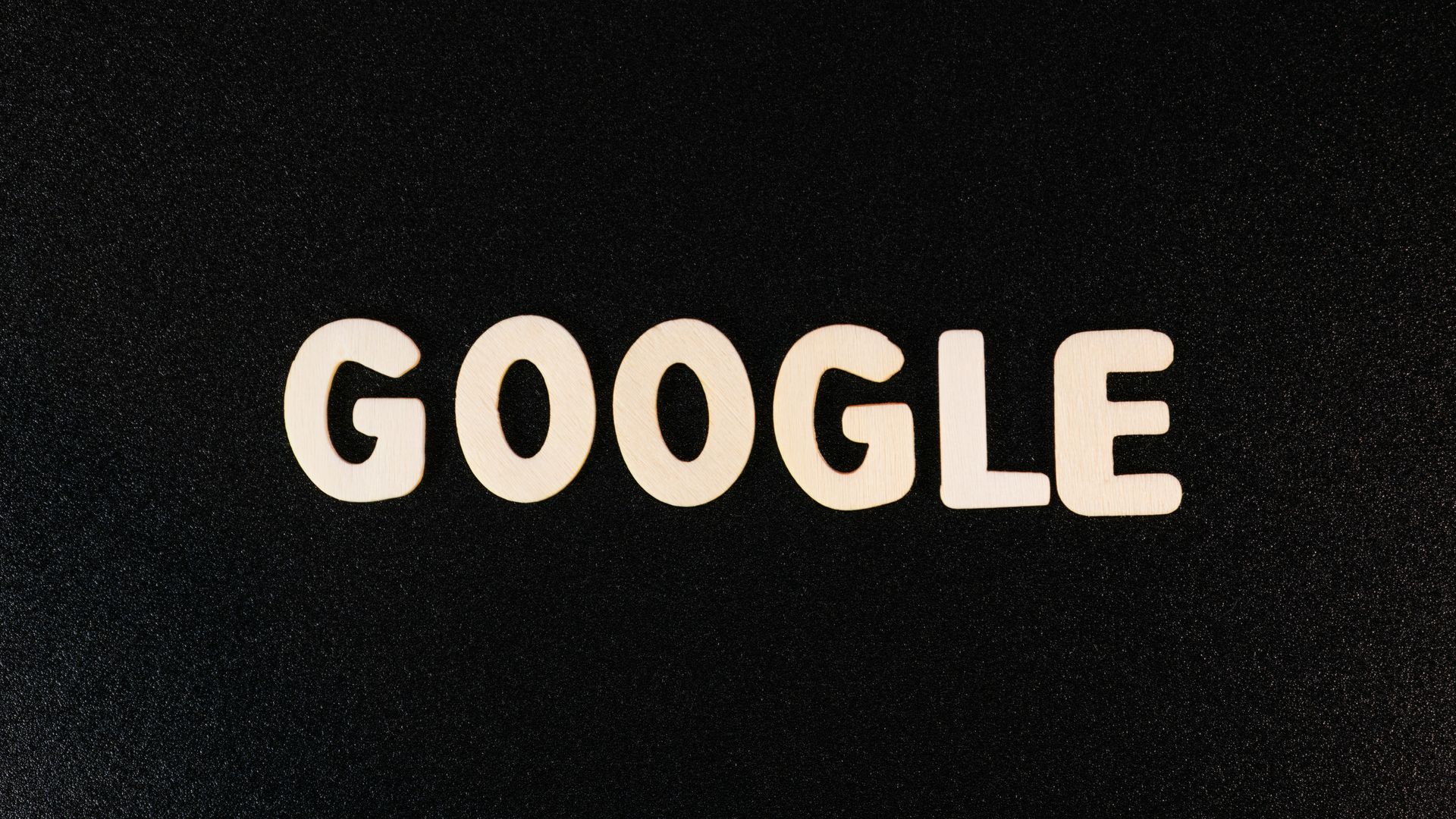What Does a Marketing Communication Plan Include Explained

A clear and strategic Marketing Communication Plan (MarCom plan) is essential for businesses aiming to strengthen relationships with their audience, boost brand awareness, and drive engagement. But what exactly should a MarCom plan entail, and how can it guide your business toward success? In this blog, we will dive into the key components of an effective marketing communication plan and why each element plays a vital role.
Understanding Your Audience Through Market Research
Before communicating effectively, you must first understand your audience. Market research serves as the backbone of your marketing communication plan, providing crucial insights about your target customers, industry trends, and competitors. By identifying your audience’s demographics, needs, and pain points, you can craft tailored messages that truly resonate.
Alongside customer analysis, a thorough look at your competition helps you find ways to differentiate your brand. The goal here is to uncover what makes your product or service unique and how you can better serve your audience’s needs compared to competitors.
External Resource: For more on market research, check out HubSpot’s guide.
Defining Clear Goals and Objectives
Your marketing communication plan should be built around specific, measurable objectives. What do you want to accomplish with your communication strategy? Whether it’s boosting brand awareness, generating more leads, or increasing customer retention, having clearly defined goals provides direction and helps you track progress along the way.
Remember to make your goals SMART (Specific, Measurable, Achievable, Relevant, and Time-bound). For example, if you aim to increase website traffic, set a target, such as "Increase website traffic by 20% over the next six months."
Crafting Key Messages and Positioning
Once you’ve identified your audience and set your goals, the next step is to craft the key messages that will guide your communication strategy. Your messaging should be consistent, compelling, and aligned with your brand identity.
A strong value proposition is at the core of your messaging. This clearly outlines the unique value your brand offers and why customers should choose you over competitors. Alongside your value proposition, consider your brand’s tone and voice—whether it’s professional, friendly, or playful—so that your message remains cohesive across all channels.
A well-defined messaging strategy not only boosts brand recognition but also strengthens your brand’s credibility.
Choosing the Right Communication Channels
Deciding where to share your message is just as important as the message itself. Communication channels vary from social media and email marketing to traditional advertising and PR. Your target audience and campaign objectives will largely determine the best platforms to reach them.
Some popular digital channels include:
- Social Media platforms like Facebook, Instagram, LinkedIn, and Twitter, where you can foster community and engagement.
- Email Marketing for nurturing leads and building long-term customer relationships.
- Content Marketing through blogs, articles, videos, and infographics that provide value and build trust.
- Paid Advertising with Google Ads, Facebook Ads, and other platforms that target specific audiences for immediate results.
Combining a mix of these channels ensures you reach your audience at the right touchpoints while maximizing your overall impact.
Internal Resource: Explore our digital marketing services to boost your brand visibility.
Allocating Budget and Resources
Successful marketing communication requires careful budget planning and resource allocation. Determine how much you’re willing to invest in each channel or campaign and what internal or external resources are needed.
Consider the costs of content creation, running ads, using marketing automation tools, and any partnerships or agencies you may work with. By managing your budget wisely, you can ensure your strategy is sustainable and delivers a good return on investment (ROI).
Creating a Timeline and Executing the Plan
Once you have a well-rounded strategy in place, it’s time to organize and execute. Creating a timeline that includes key milestones and deadlines ensures your marketing initiatives stay on track. Assign specific tasks to team members, such as content creation, social media management, or PR outreach.
During the execution phase, it’s critical to maintain consistent communication across all channels. Whether it’s scheduling social media posts or sending email campaigns, having a structured timeline keeps your messaging organized and effective.
Measuring Performance and Analyzing Results
The final step in any marketing communication plan is measuring the performance of your campaigns. Without data-driven insights, it’s hard to tell if your efforts are truly paying off. Analytics helps track key metrics such as website traffic, engagement, and conversion rates, giving you a clearer understanding of what’s working and where improvements are needed.
Some important metrics to track include:
- Website traffic: Monitor how well your campaigns are driving traffic to your site.
- Engagement: Track likes, shares, comments, and clicks across social media and email channels to assess audience interest.
- Conversions: Measure how many leads or sales your campaigns generate.
- ROI: Compare the overall cost of your campaigns to the results achieved to determine their cost-effectiveness.
By regularly analyzing results, you can fine-tune your strategy, optimize future campaigns, and make data-driven decisions.
External Resource: Learn more about marketing analytics in this Forbes article.
Conclusion
An effective Marketing Communication Plan provides a strategic roadmap to achieving your business goals through well-crafted messaging, smart channel selection, and ongoing performance tracking. Whether you aim to increase brand awareness, drive more leads, or foster customer loyalty, a structured MarCom plan will keep your efforts focused and measurable.
ALL OUR OTHER NEWS:







